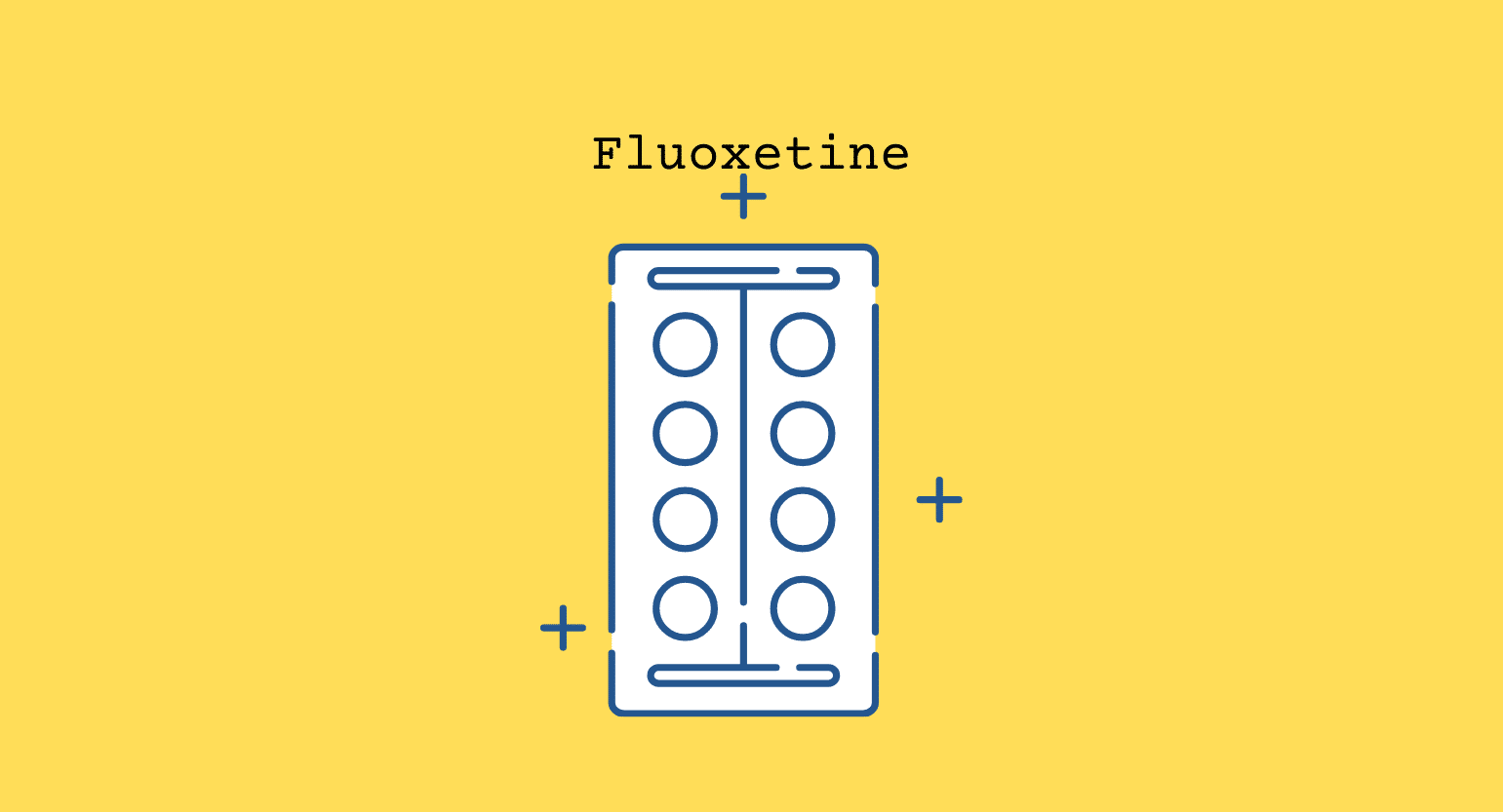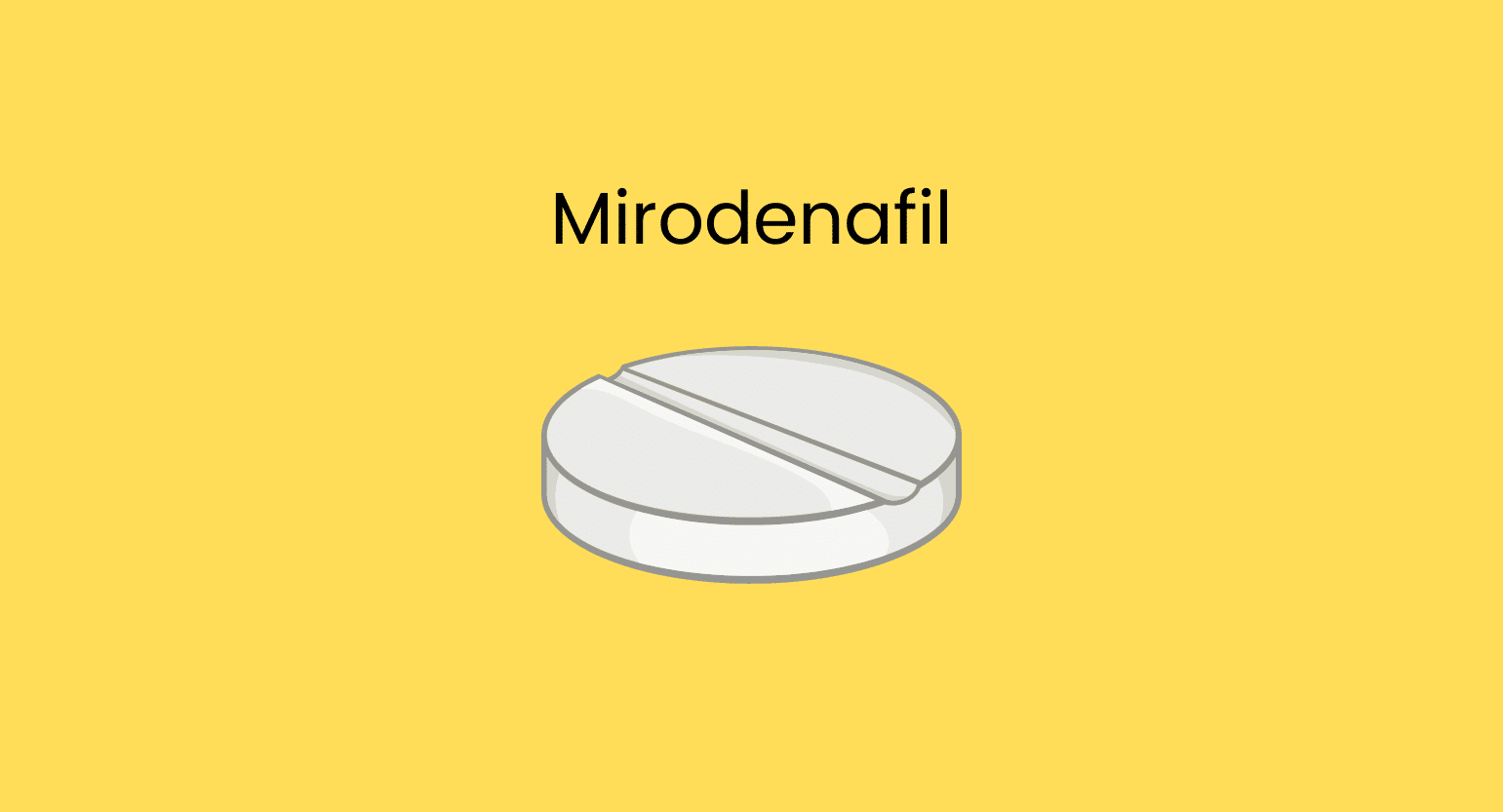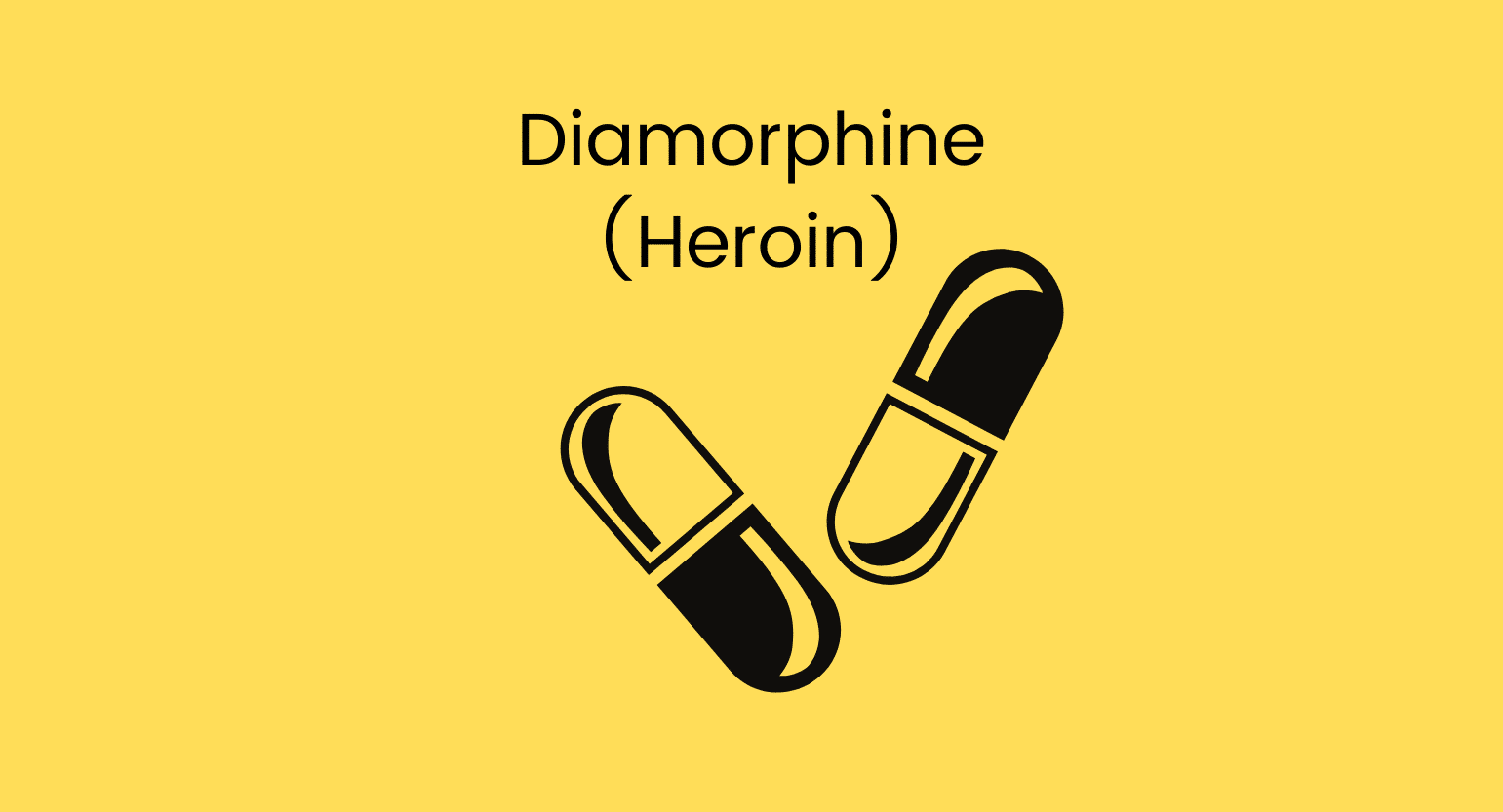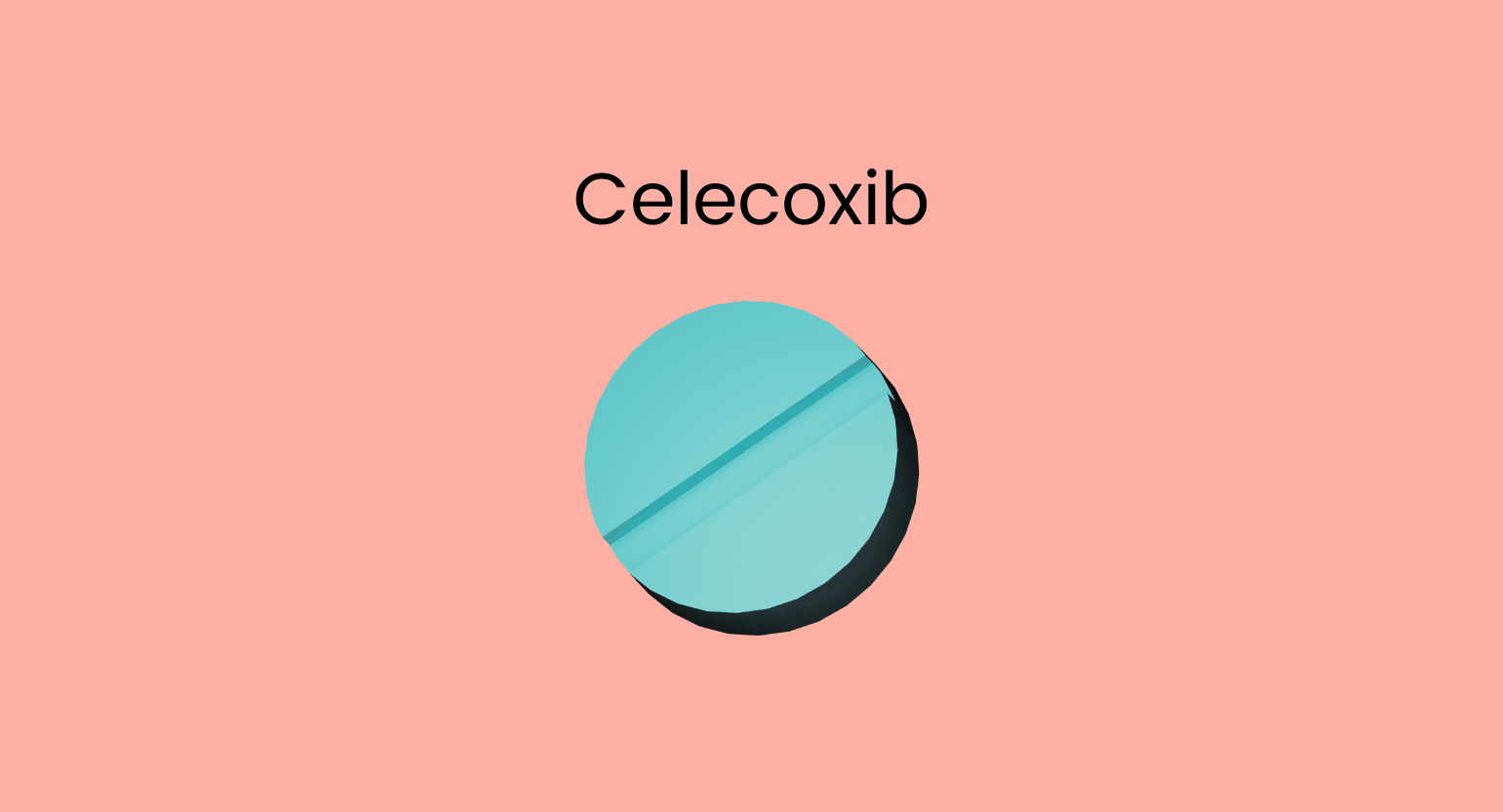Does Kratom Interact With Fluoxetine?
Yes, when taken together, kratom and fluoxetine interact with each other. However, the risk of adverse reactions between kratom and fluoxetine is considered low to moderate. The main concern is how the liver metabolizes these medications.
Fluoxetine and its metabolite, norfluoxetine, are both potent inhibitors of the CYP2D6 enzyme [1, 4]. Kratom is also a potent inhibitor of this enzyme [2, 3]. This means both compounds will compete for attention and metabolism by the liver — leading to elevated serum levels of both substances if taken together.
Simply said, both drugs are inhibitors of one of the main enzymes used in the metabolization of fluoxetine. Consumption of kratom can thus lead to higher levels of fluoxetine and its metabolites within the body.
Single doses of kratom are unlikely to cause much of a problem here but repeated or very high doses can cause fluoxetine to build up to toxic levels. This increases the chances of side effects ranging from nausea and stomach pain to seizures and fainting.
Related: Will Kratom Interact With SSRI Antidepressants?
Fluoxetine Specs
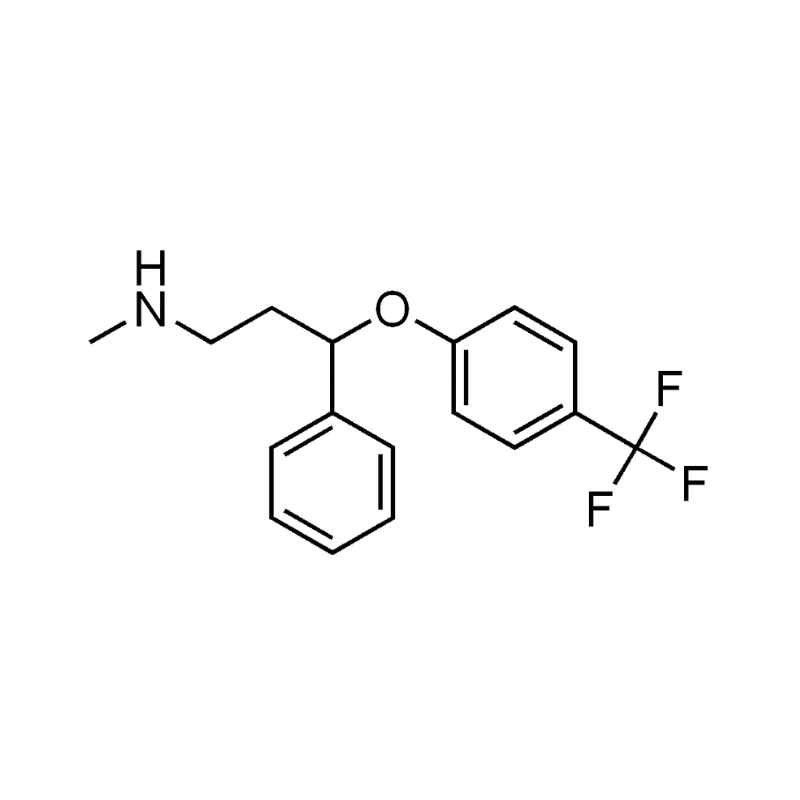
| Drug Name | Fluoxetine |
| Trade Name | Prozac, Sarafem, Adofem |
| Classification | SSRI Antidepressant |
| CYP Metabolism | CYP2D6 and CYP2C19 |
| Interaction With Kratom | Metabolic Competition |
| Risk of Interaction | Moderate |
Is it Safe to Take Kratom With Fluoxetine?
No; this combination implies a moderate risk of a negative interaction. It is possible that you don’t experience side effects from this combination, but only when kratom is consumed in low doses and infrequently. The higher the dose and the more often you take kratom, the higher your odds of experiencing adverse reactions.
Always speak to your doctor before taking kratom if you’ve been prescribed fluoxetine or any antidepressant medication.
What is Fluoxetine?
Fluoxetine — sold under the brand name Prozac — is a selective serotonin reuptake inhibitor (SSRI) antidepressant.
SSRIs function by blocking serotonin reuptake in the brain and thus increasing its levels for longer periods.
Serotonin is a neurotransmitter with an important function in regulating mood; the lack of serotonin is thought to be associated with depressive states of mind [5].
All SSRIs have the same functional mechanism, but they do still have slight differences, which is why some SSRIs are approved for some depression-related conditions while others are not.
What Is Fluoxetine Used For?
Like all SSRIs, fluoxetine is mainly used to treat depression-related conditions.
According to the FDA, fluoxetine is approved for the following conditions:
- Acute and maintenance treatment of Major Depressive Disorder (MDD)
- Acute and maintenance treatment of Obsessive-Compulsive Disorder (OCD)
- Acute and maintenance treatment of Bulimia Nervosa
- Acute treatment of Panic Disorder, with or without agoraphobia
Additionally, fluoxetine is also used in combination with other medications to treat acute depressive episodes associated with bipolar disorder and treatment-resistant depression. Fluoxetine has also been used to treat premature ejaculation.
This compound is available as a generic medication and is on the WHO’s list of essential medicines.
Generic & Brand Name Versions
Fluoxetine is sold under the following brand names:
- Adofen
- Prozac
- Rapiflux
- Sarafem
- Selfemra
Side Effects of Fluoxetine
Fluoxetine has the capacity to cause mild to severe side effects. Everybody reacts differently to these medications; side effects can vary depending on your age, sex, genetic predisposition, diet, and other factos.
Side effects of fluoxetine may include:
- Allergic reactions and rashes
- Drowsiness
- Headaches
- Increased sweating
- Low libido
- Nausea
- Racing heartbeat
- Seizures
- Serotonin syndrome
- Sexual dysfunction
- Suicidal thoughts in children and adolescents
Fortunately, these side effects tend to disappear after two weeks.
Additionally, fluoxetine can significantly increase the risk of congenital heart defects in newborns [7], and it’s also known to cause withdrawal symptoms upon the cessation of treatment.
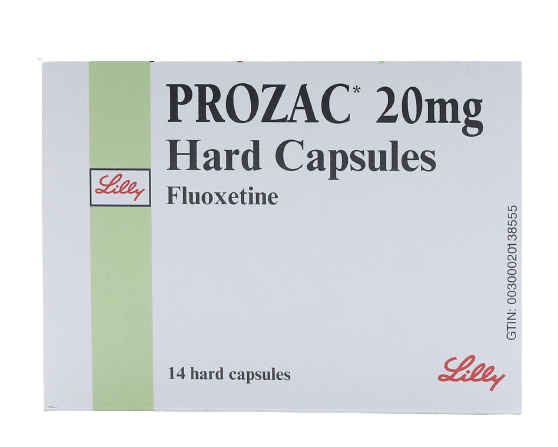
What is Kratom?
The kratom plant (Mitragyna speciosa) is a tropical evergreen tree native to Southeast Asia. It’s been used there for centuries by the indigenous peoples for its pain-relieving, energetic, and anti-anxiety properties.
Kratom has a whole suite of psychoactive properties derived from its potent alkaloids.
Despite FDA meddling, the kratom community in the United States is going strong. This incredible compound has already helped improve the lives of thousands of people.
It’s true, of course, that kratom has its dangers (as basically all drugs do), but with proper care and responsibility, it is widely regarded as safe to consume.
What is Kratom Used For?
The effects of kratom will vary depending on the dose.
In low doses, kratom can stimulate mental energy and provides benefits such as increased attention span, enhanced creativity, and promote feelings of euphoria.
In medium to high doses, kratom is a powerful analgesic and can also provide anxiolytic (anti-anxiety) benefits. Additionally, higher doses can also promote sedative-like effects.
And as if that weren’t enough, kratom has also been used successfully to treat the withdrawal symptoms stemming from opioids, benzodiazepines, and alcohol.
What’s the Dose of Kratom?
The optimal dose of kratom depends on several factors such as body weight, age, method of consumption, treatment goals, etc.
Consequently, you should be a little skeptical of any formulaic dosage prescriptions you find on the internet. The smart choice is always to go slow and listen to your body, especially if you’re experimenting with a new drug.
With that being said, here are the generally recommended dosages for kratom:
- Low dose — (1-4 grams)
- Medium dose — (4-8 grams)
- High dose — (8-12 grams)
Also see: How Long Should I Wait Between Kratom Doses?
What Are the Side Effects of Kratom?
Any pharmacologically-active substance carries some risk of side effects — even herbs like kratom.
The most common side effects of kratom include nausea, headaches, dizziness, and fatigue. The more kratom you consume, the higher the odds of experiencing side effects.
Kratom can cause the following side effects:
- Constipation
- Dizziness
- Headaches
- Insomnia
- Itchiness in the skin
- Loss of muscle coordination
- Low blood pressure
- Low libido
- Nausea
- Poor appetite
- Seizures
- Tremors
Be sure to look for signs of addiction to kratom and know what you can do about them.
Kratom-related fatalities are rare, and these instances almost always involve using harder drugs such as heroin.
What Are the Different Types of Kratom?
Good news for all those who like to tinker to achieve the best results: kratom is available in a variety of strains — each one with its own distinct set of effects. Some are better for promoting sleep; others are better for boosting energy.
All the different kratom strains share the same basic effects — stimulating in low doses, sedating, and analgesic in high doses.
Each strain has slightly varying alkaloid profiles due to differences in harvesting methods used by local Southeast Asia farmers.
There are three main categories of kratom strains to be aware of:

White Vein Kratom
White vein kratom is known in the kratom community as the ‘mental strain.’ This is because it is the strain that most effectively stimulates all of the nootropic and mentally stimulating effects of the kratom plant.
It is a great option if you want something to enhance your moods and can easily replace your morning coffee.

Red Vein Kratom
Red vein kratom is an extremely popular strain for chronic pain patients. It is the ideal strain for getting the most out of kratom’s analgesic and anxiolytic benefits.
These effects are triggered only through medium to high dosages, so the red-veined strains can be excellent for those who want these benefits but don’t want to consume a large amount of kratom.

Green Vein Kratom
Green vein kratom has a great balance of the properties found in both red and white kratom strains.
Basically, it is the ‘general’ strain of kratom. If you want to experience all of what kratom has to offer: this is your best bet.
However, you do sacrifice the targeted experience of a red or white strain.

Yellow Vein Kratom
Yellow vein kratom is quite similar to the green vein strains, except for the fact that it is considered to be milder.
The milder potency of yellow-veined strains means they are a great option for those sensitive to kratom.

Key Takeaways: Is it Safe to Mix Kratom & Fluoxetine?
Regarding a one-time combination, kratom and fluoxetine (if taken with proper dosages) are unlikely to lead to adverse reactions.
However, as we have seen, metabolic factors make this combination dangerous if these substances are combined frequently.
Antidepressants like fluoxetine are usually taken daily, which means those who enjoy this combination might be tempted to take it every day. This is not a good idea, taking kratom and fluoxetine is not considered safe.
To avoid the risks of a toxic buildup of fluoxetine, be sure to take breaks from kratom consumption and be aware of any adverse effects that might arise.
In any case, you should alert your doctor if you have any desire to take kratom alongside your other medications.
- Hiemke, C., & Härtter, S. (2000). Pharmacokinetics of selective serotonin reuptake inhibitors. Pharmacology & Therapeutics, 85(1), 11-28.
- Hanapi, N. A., Ismail, S., & Mansor, S. M. (2013). Inhibitory effect of mitragynine on human cytochrome P450 enzyme activities. Pharmacognosy Research, 5(4), 241.
- Kamble, S. H., Sharma, A., King, T. I., León, F., McCurdy, C. R., & Avery, B. A. (2019). Metabolite profiling and identification of enzymes responsible for the metabolism of mitragynine, the major alkaloid of Mitragyna speciosa (kratom). Xenobiotica, 49(11), 1279-1288.
- Mandrioli, R., Forti, G. C., & Raggi, M. A. (2006). Fluoxetine metabolism and pharmacological interactions: the role of cytochrome p450. Current drug metabolism, 7(2), 127-133.
- Jenkins, T. A., Nguyen, J. C., Polglaze, K. E., & Bertrand, P. P. (2016). Influence of tryptophan and serotonin on mood and cognition with a possible role of the gut-brain axis. Nutrients, 8(1), 56.
- Rossi, A., Barraco, A., & Donda, P. (2004). Fluoxetine: a review on evidence-based medicine. Annals of General Hospital Psychiatry, 3(1), 1-8.
- Gao, S. Y., Wu, Q. J., Sun, C., Zhang, T. N., Shen, Z. Q., Liu, C. X., … & Zhao, Y. H. (2018). Selective serotonin reuptake inhibitor use during early pregnancy and congenital malformations: a systematic review and meta-analysis of cohort studies of more than 9 million births. BMC medicine, 16(1), 1-14.

